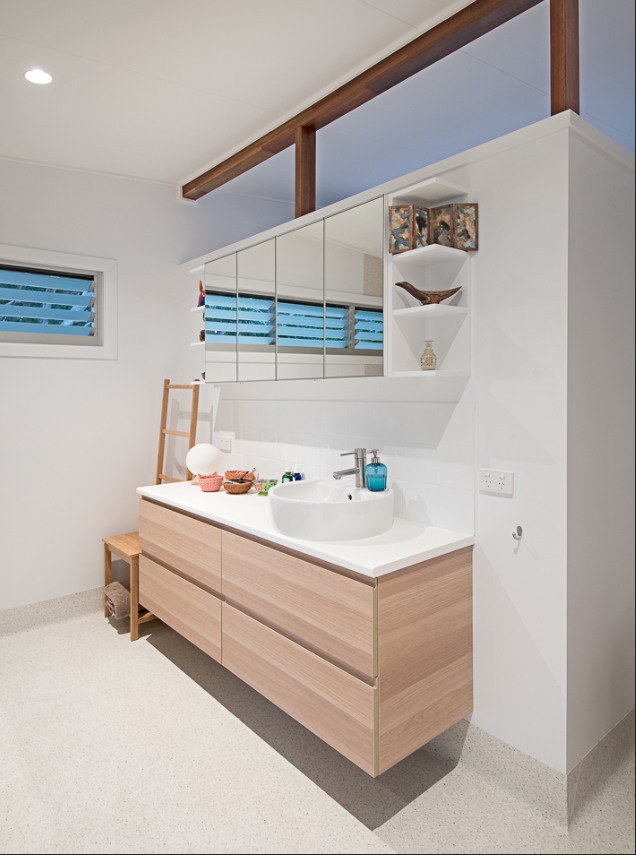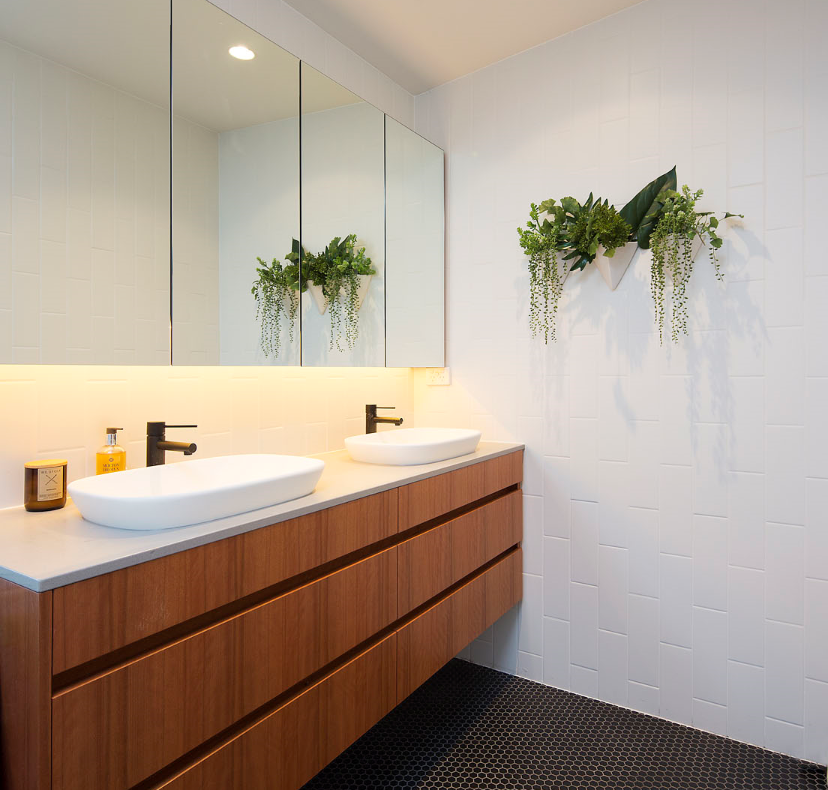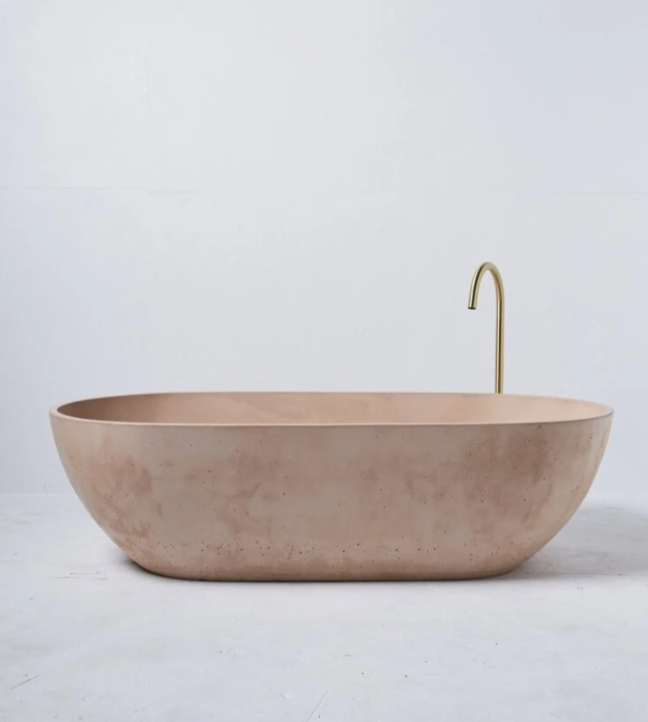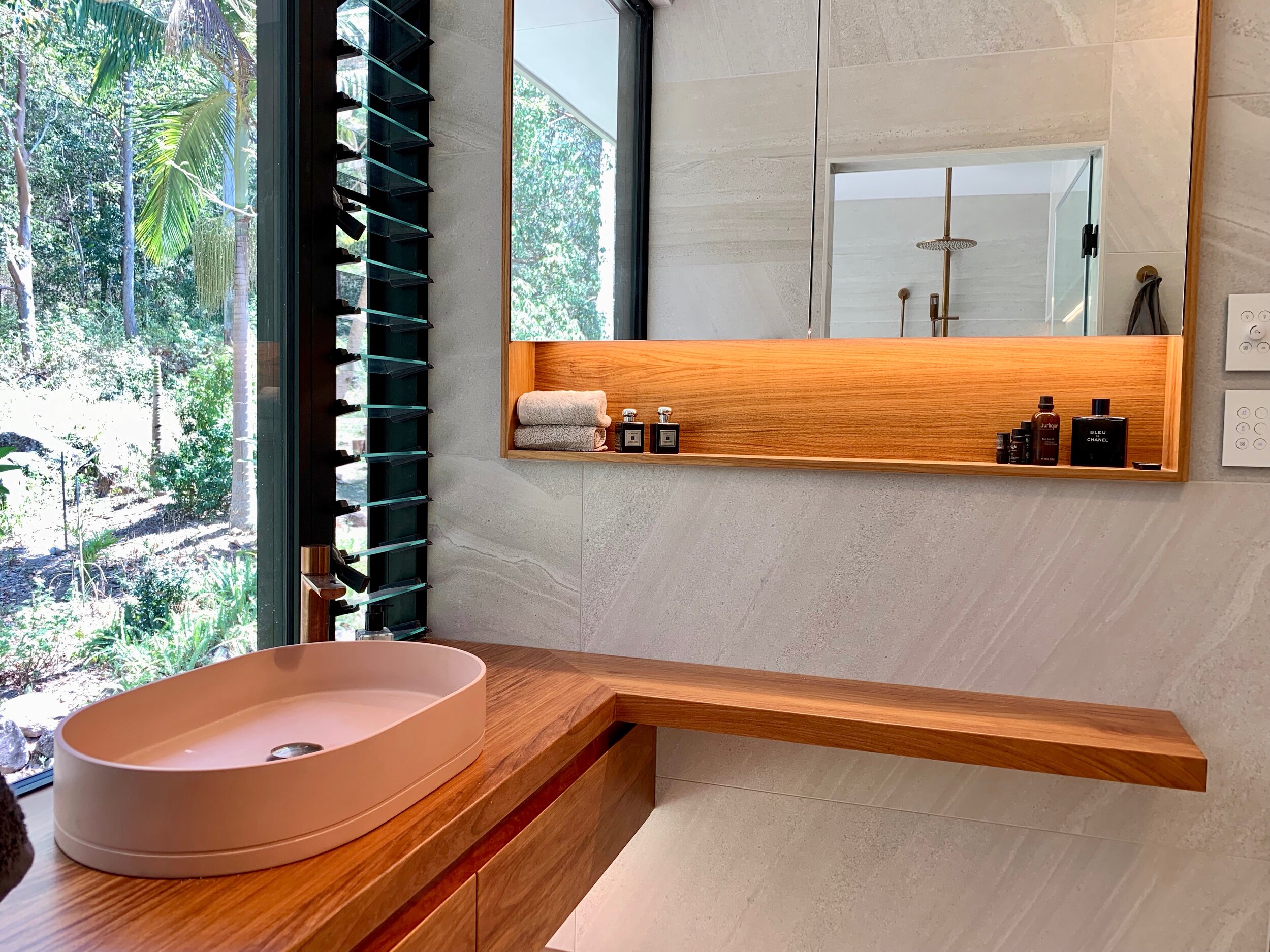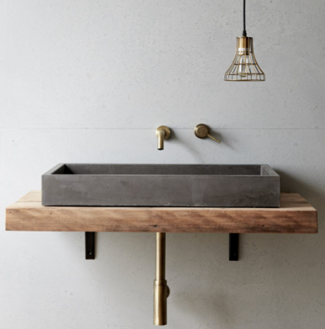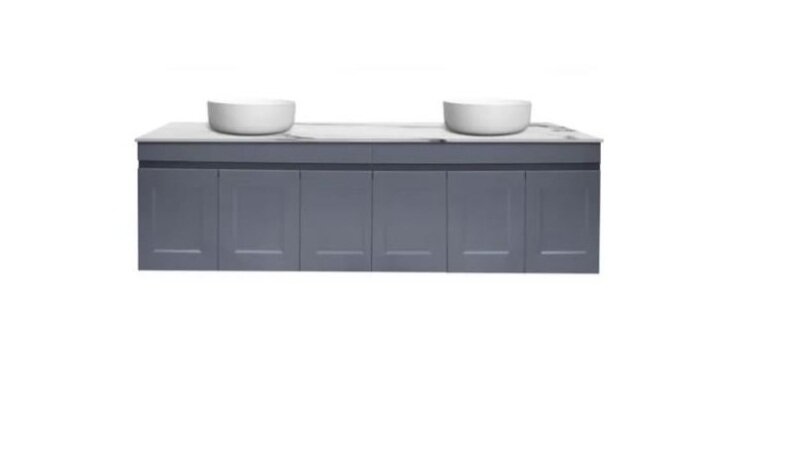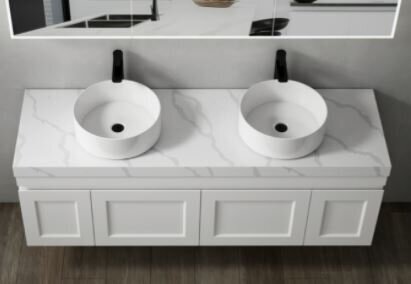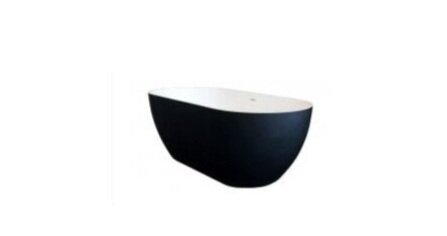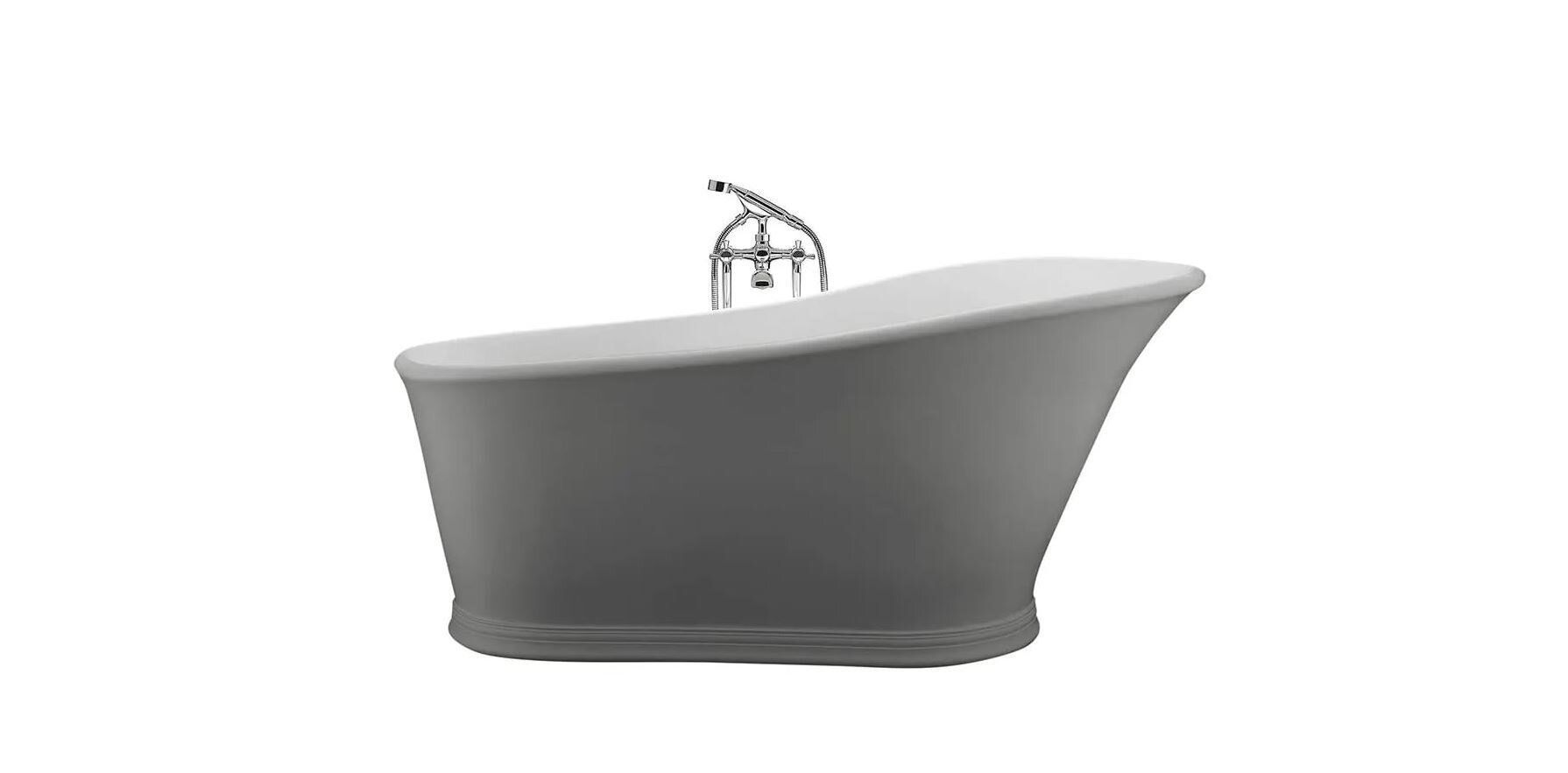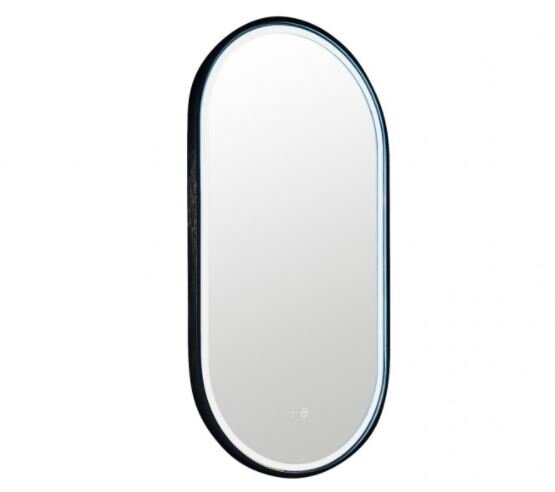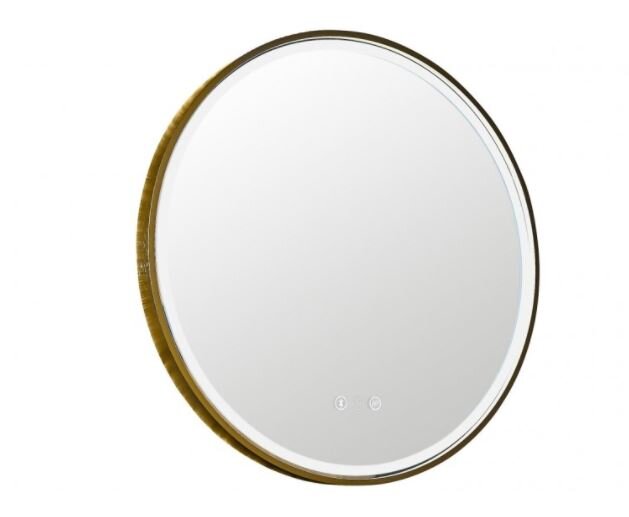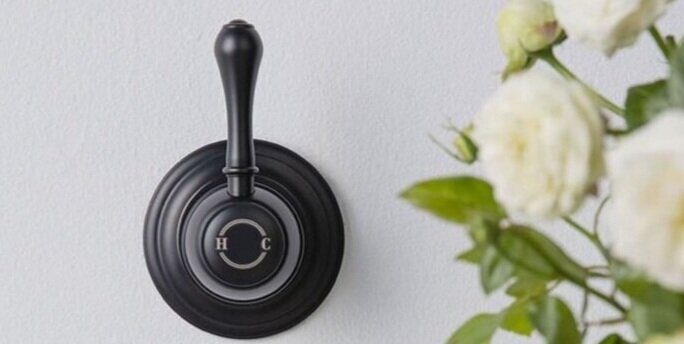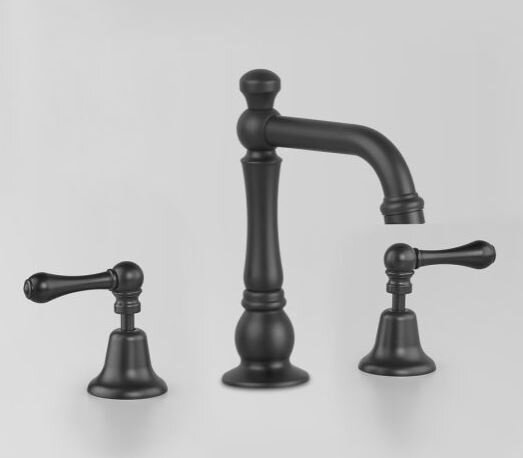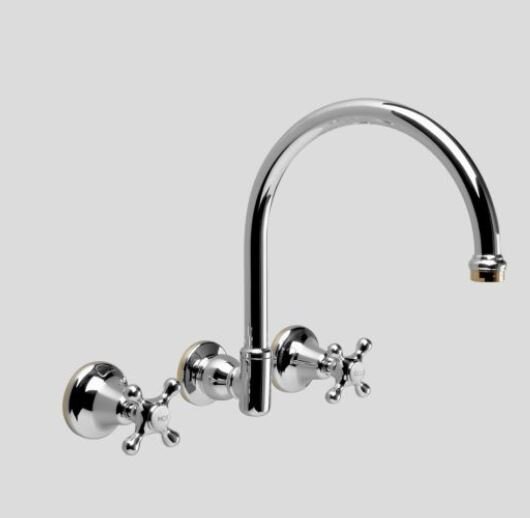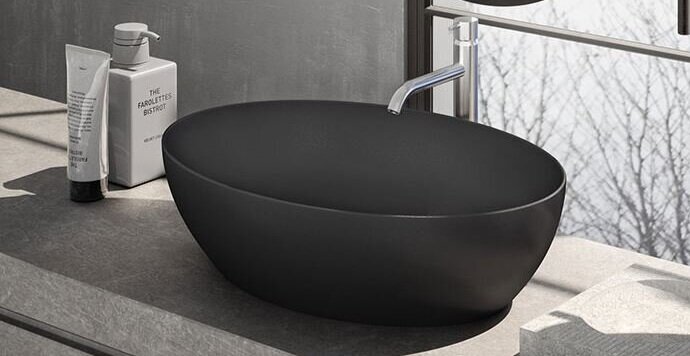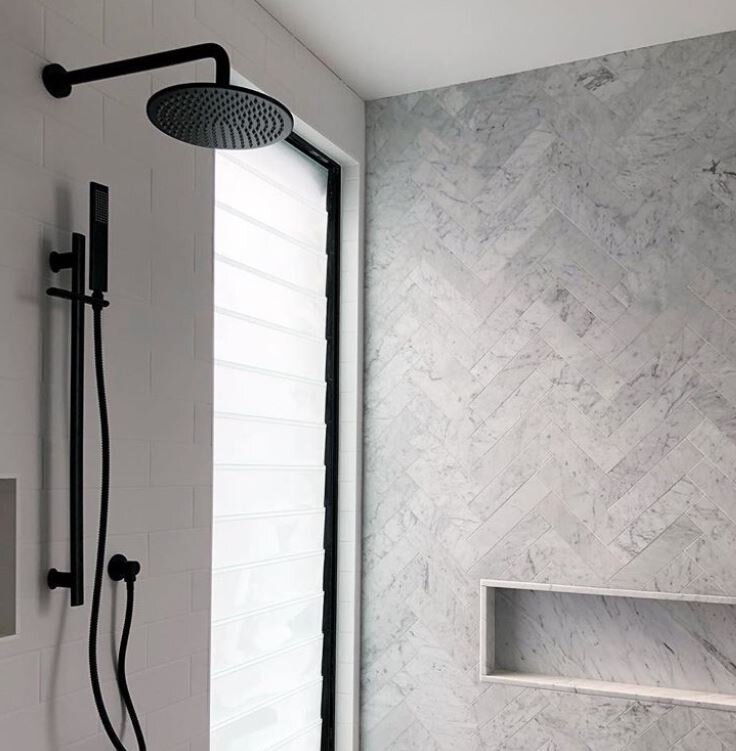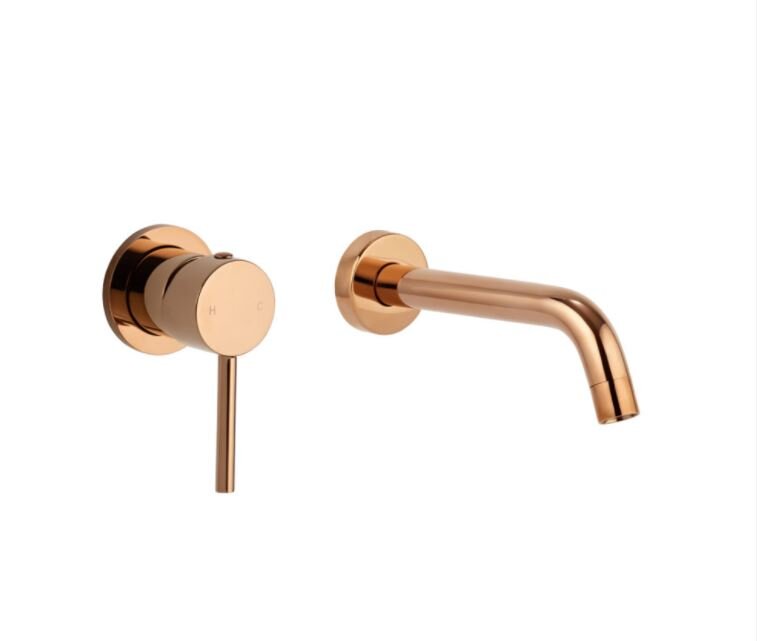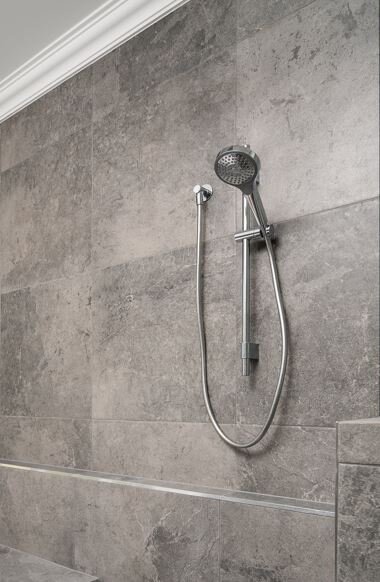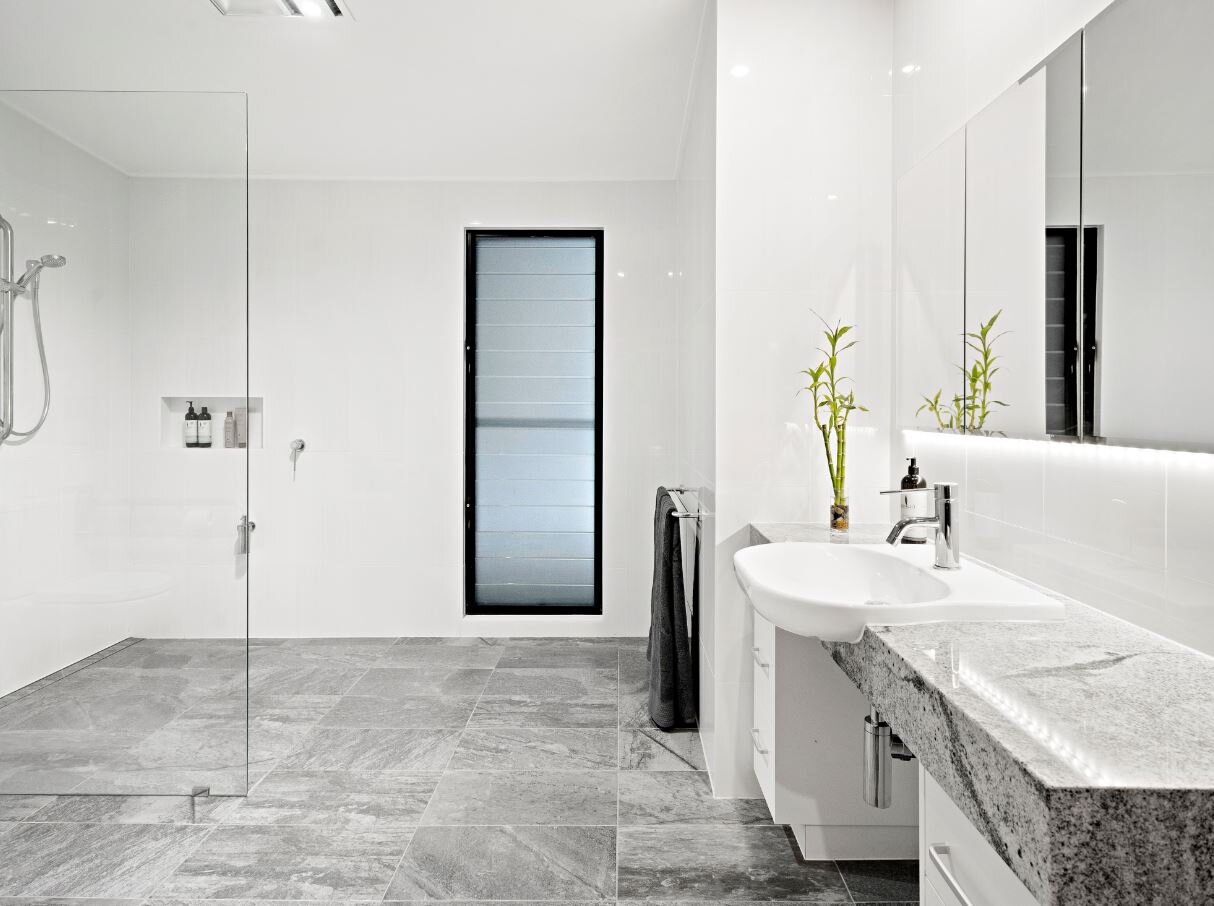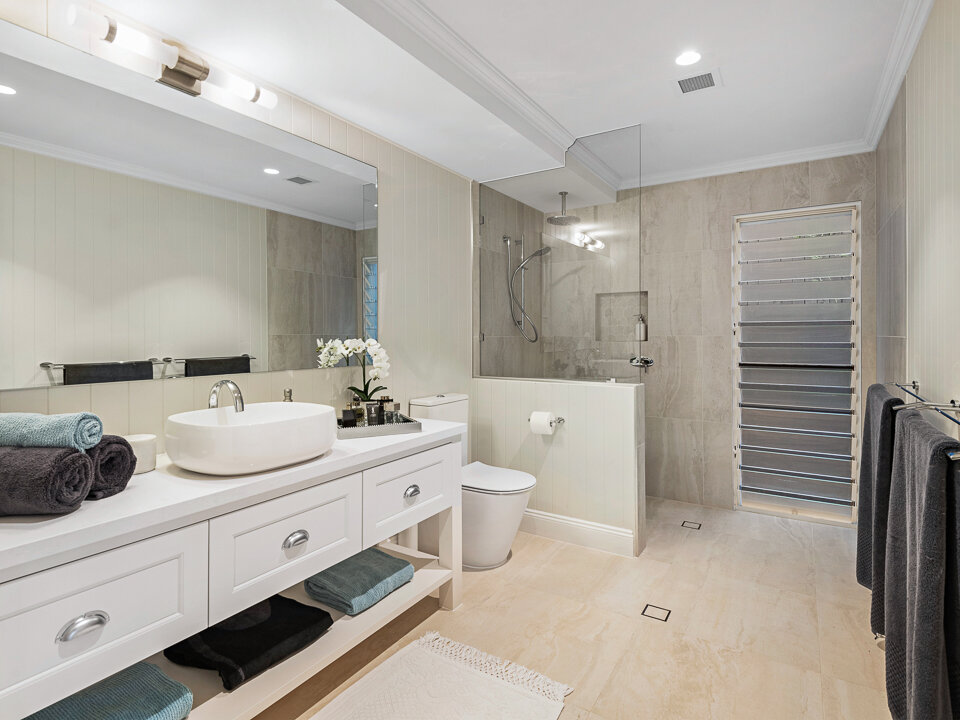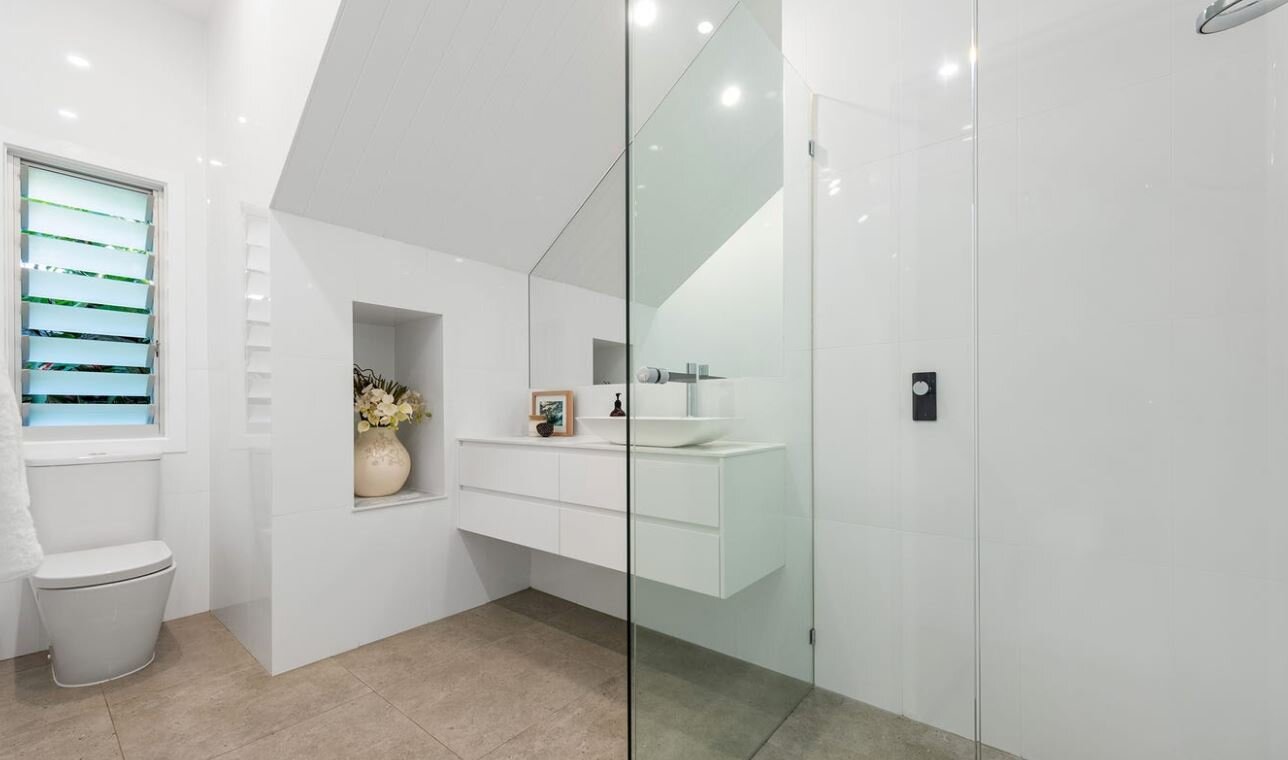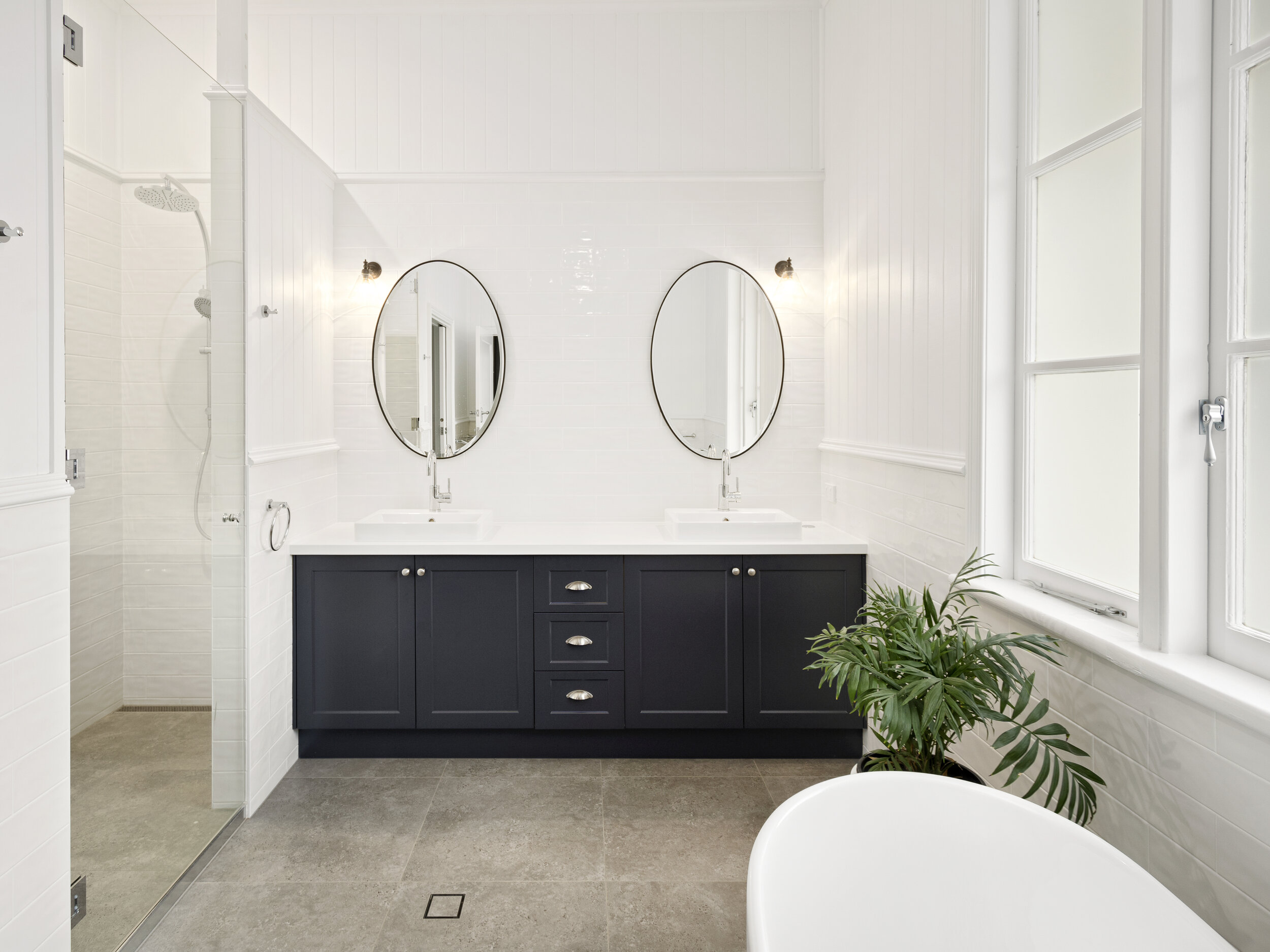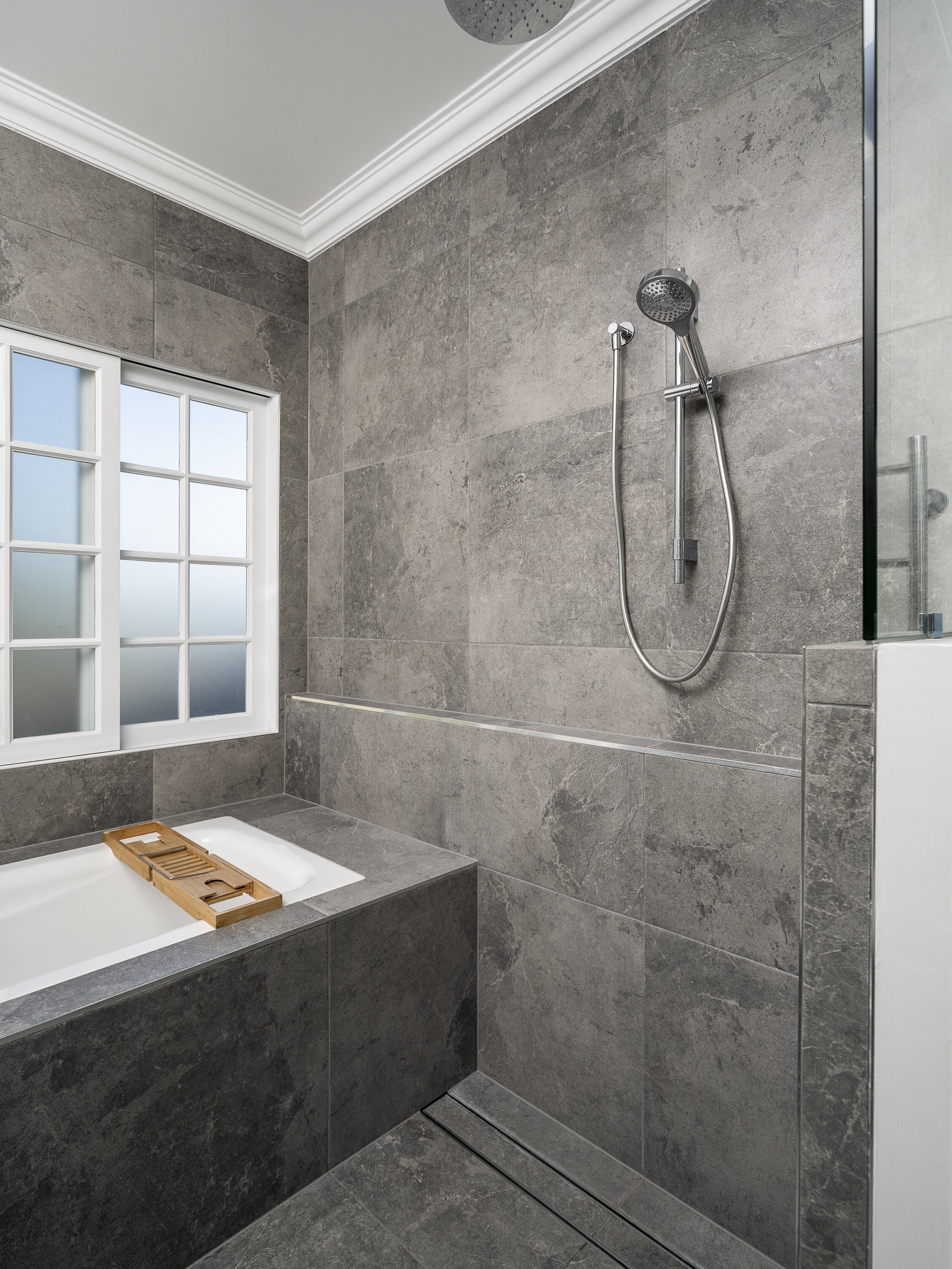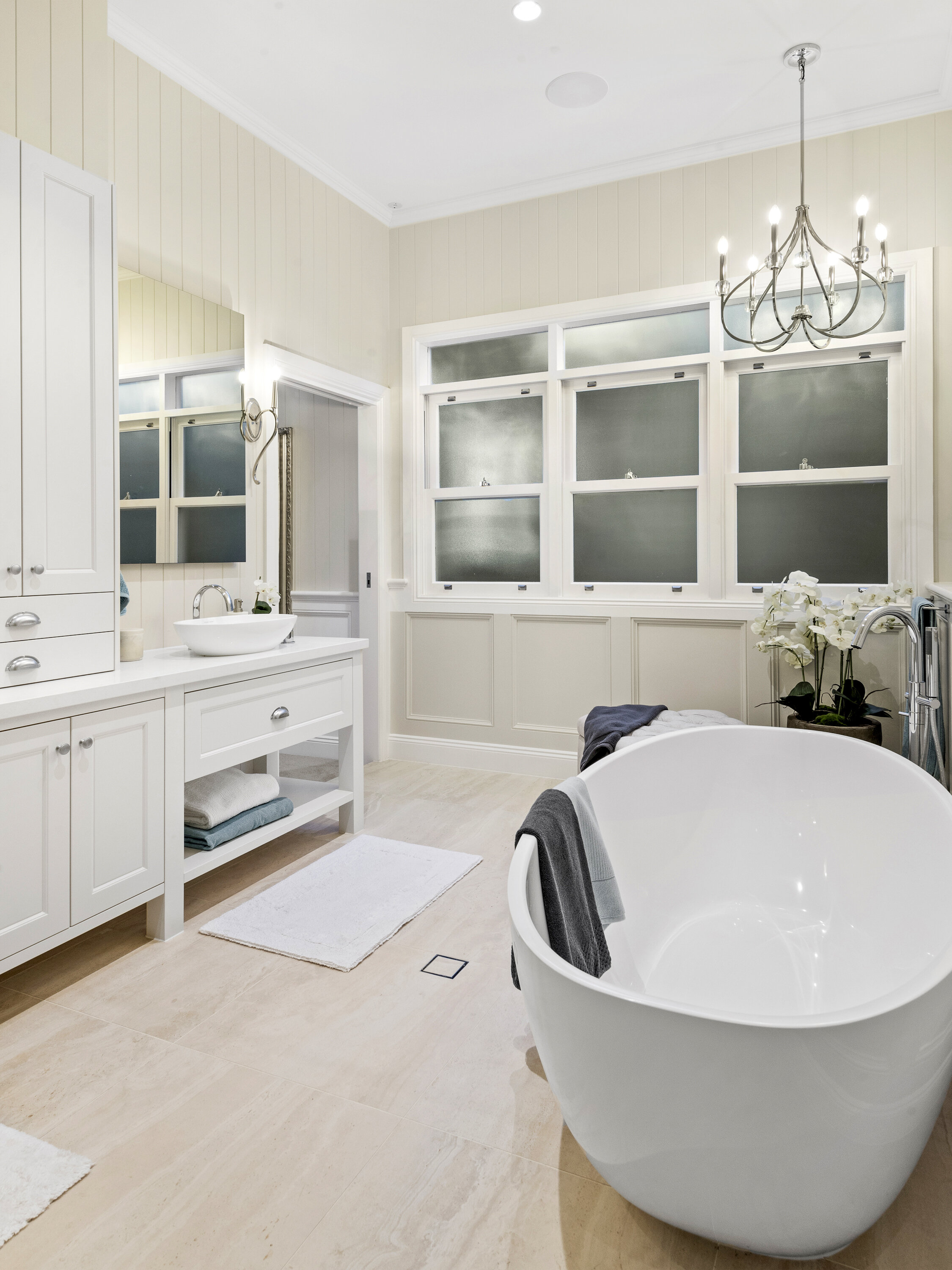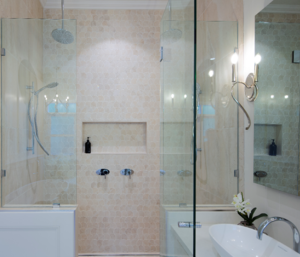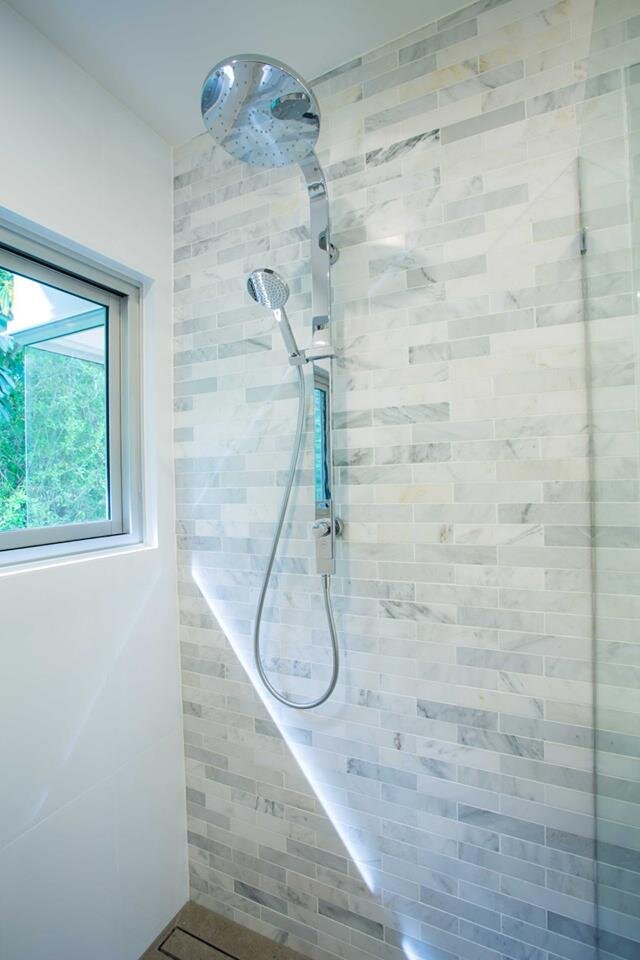How to Tackle a Bathroom Renovation
A functional bathroom is a must have for busy families. In the hustle and bustle of modern life with all inhabitants aiming to get out the door each morning on time, a bathroom needs to suit everyone’s needs, be easy to clean, make optimal use of space and provide a sanctuary when you need it. Accomplishing the bathroom of your dreams can be challenging to achieve on a budget and is easily the most difficult room in your house to renovate if not tackled right in the designing, planning and coordinating stages.
WHY IS THIS?
Usually with a bathroom renovation you are restricted to a design that fits in with the existing structure and plumbing layout of the room, so for older houses this may not be ideal. Should you decide that it is necessary to expand and add or knock down walls into other areas of the house, you will need to hire a qualified architect or building designer. It also requires the coordination of many trades, all of which can be costly and time consuming, and of course you will also need to allow for contingencies. For example, when we demolished our bathroom on the first floor our builder advised we needed to remove the ceiling in our laundry below to provide access to plumbing. This was not something we had planned for, so we ended up renovating both areas. You may also find hidden problems once your existing bathroom is demolished; water damage, termite damage, wet areas that were not waterproofed properly and old corroded pipes that need to be replaced.
BUDGET AND TIME
Where will you splurge and where will you attempt to save? Do you have the time to project manage and coordinate all the trades? These are the trades you are likely to need:
Builder
Tiler
Plumber
Plasterer and painter
Electrician
Cabinet maker
It may surprise you to know that selecting your bathroom products through your Architect or Builder can be remarkably discounted from the price you see at retail stores as they have access to trade centre prices. They source everything you need for a full bathroom and are an efficient use of time as they have the expertise to assist you in selecting the best products to suit your tastes and budget. Trade Centres are by appointment only so contact us for further information.
Coordinating the job to ensure that you have qualified and licensed trades people available in sequence of the job and at the right time and it is never straight forward. Not getting this right will mean your bathroom renovation will take a lot longer to complete or lead to an inferior build. If you lack the time or networks to source qualified tradies for any bathroom renovation we recommend you hire a qualified builder to manage the project.
DESIGN FEATURES
Our bathroom was the most difficult room in our house to design. We had to work with an unusual floor plan, uneven windows from an earlier renovation, and an existing large peach spa bath with an overhead shower. Making the space work to fit in a frameless shower, free-standing bath and double vanity meant installing a recess sliding door and measuring, measuring and re-measuring to ensure it was going to work.
Bathrooms are difficult to plan if you do not have any experience. The efficient layout and planning of a bathroom renovation is crucial. It needs to be functional, serving the needs of all who live in the home and you may want to also consider the resale potential of the home down the track. It is also difficult to vary a bathroom design or product selection once your trades have begun. A change in toilet or vanity will alter the layout of plumbing, may hold up your schedule and become costly in wasted labour so it’s best to spend the time in the beginning to ensure your design is FINAL. We also suggest you have a buffer of 15-20% for contingencies.
Some design and product items to consider:
Shower/bath or both.
Separate toilet to the main bathroom.
Floor to floor glass screen or inbuilt shower.
Double or single vanity.
Plenty of storage or minimal look.
Colours and palettes for walls, floors, tiles, vanities.
Fixtures and fittings (choose quality fixtures and fittings that will last and meet Australian standards).
Ventilation and heating.
Lighting - is there enough natural light? Do you need to add a window or skylight.
Overall style. Will the design complement the rest of the house and do the products you like work well together.
Once you have worked out your budget and have a detailed bathroom plan/design that you are happy with, you will need to work out a suitable timeframe for your project to commence based on trade availability and book them in.
Next is the fun part – SHOPPING! You will need to source all your bathroom products fixtures and fittings based on your plan and have these ordered and delivered before the start of your project. Your builder, plumber and electrician will need all the product specifications prior to commencing work as this impacts where the layout and fittings will be installed. For example, your cabinetry may need holes for storing electrical devices (toothbrushes, shavers, hair appliances) that are safely stored and out of sight.
TIME FRAME
A bathroom may take 2 – 6 weeks to complete so you may need to re-locate unless you have a separate bathroom. There may still be days where you have no access to water. A typical bathroom renovation would follow the following process:
1. Demolition – (make sure you hire a large skip!)
2. Building work- repairs, walls, windows, skylights, doors, flooring etc. -time frame varies on work required.
3. Plumber – installing all pipes ensuring all connections will line up with proposed installation on vanity unit, shower, toilet and bath.
4. Electrician – wiring the complete area and installing lights, heat lamps, exhaust fans and switches.
5. Screeding and levelling of floors.
6. Water proofing carried out by tiler – 1 day to prepare – up to five days to cure.
7. Painting walls/ceilings.
8. Tiling, grouting.
9. Vanity and storage fitted- Plumber and electrician will need to come back to do this.
10. Shower screen, mirrors, accessories.
11. Final inspection.
PRODUCT FEATURE GUIDE
Baths, mirrors and vanities
Other fixtures you will need at a minimum:
Cisterns
Toilet roll holders
Bath mixers
Shower screen
Shower mixers
Heating lamps and exhaust fans
Basin mixers
Towel rails
Mixers and bathroom fixtures
Tiles
Why use tiles? Tiles repel water, can deal with steam and are easy to be deeply cleaned.
There are 13 different types of tiles on the market for bathroom renovations, however the main consideration is the necessity to deal with plenty of water and the ability to clean it deeply getting rid of germs and bacteria. Below are bathroom floor and wall tiles used in some of our projects.
If you have any queries on your own bathroom renovation, design and product selections, please email info@baahouse.com.au or call us on 0409 577 705.



